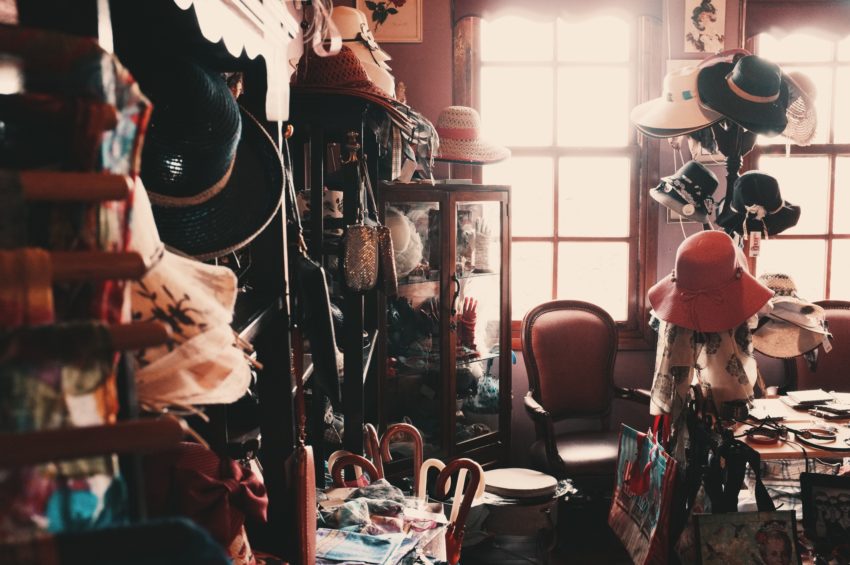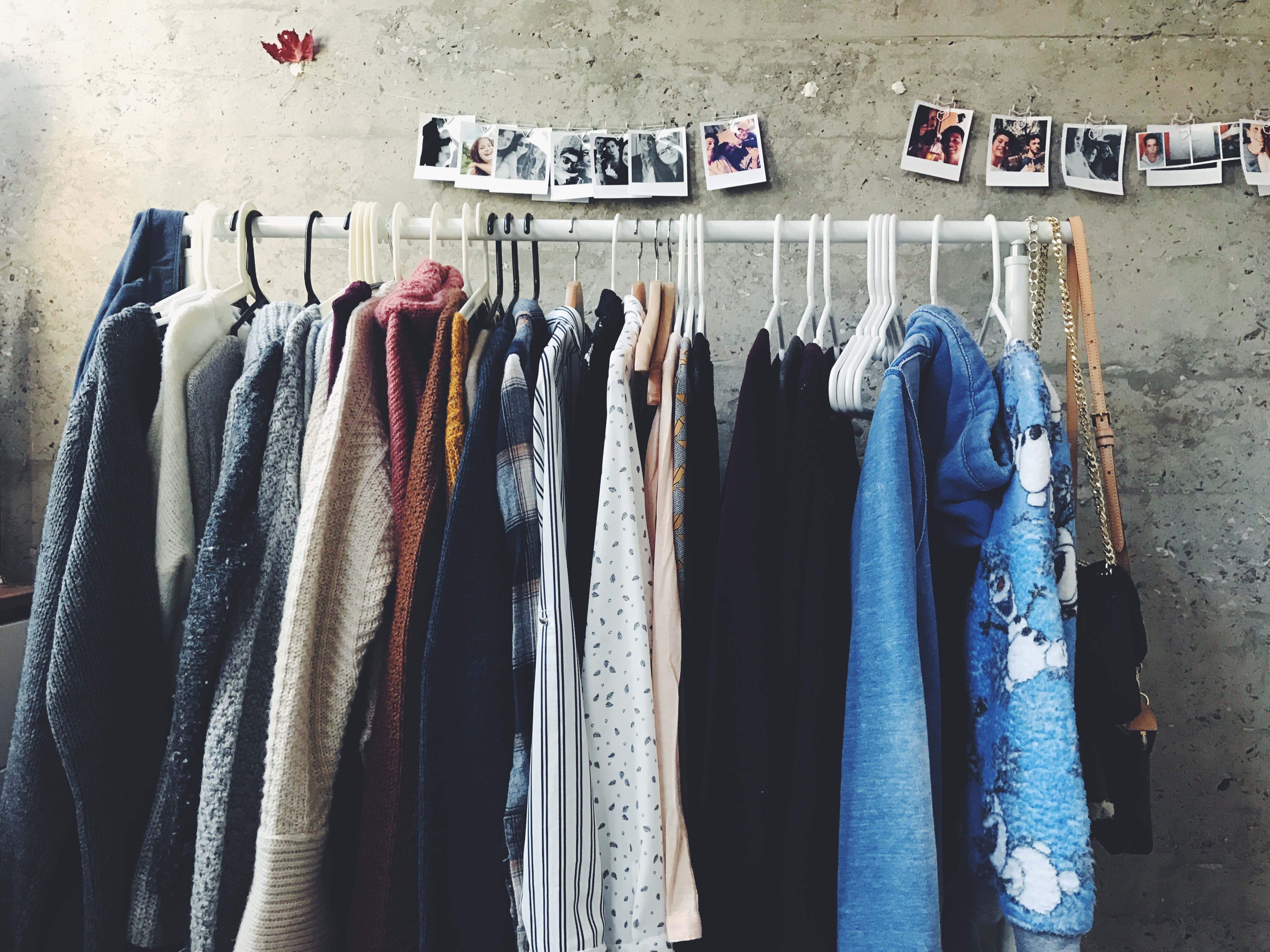A BRIEF HISTORY OF DECLUTTERING
The decluttering movement has spread far and wide over the past few years, particularly since the debut of Marie Kondo’s bestseller, “The Life-Changing Magic of Tidying Up.” It has since spawned an entire lifestyle campaign to curb one’s material belongings, and manifests via Pinterest boards, Youtube channels, and lifestyle blogs. It’s a word uttered so often in lifestyle communities that it’s become something of a satire-breeding ground, to the point where entire parody books of Kondo’s original have populated bookstore shelves.
SO… WHY DECLUTTER?
Decluttering your living spaces has shown to be psychologically beneficial. First off, clutter has a negative impact on your brain in making it more difficult to concentrate on a certain task. This Princeton study shows that people working in a disorganized (vs. organized) environment were restricted in their ability to focus and process information. Plus, without all of the chaos (see: the clothes chair), your spaces will be much easier to clean!
Second of all, curtailing the number of your material belongings helps you in deciding what’s actually important to you. Without the excess of objects drowning the functionality of every other item out, you begin to value each item more. Every item you own will be regularly utilized and well-loved, rather than taking up precious drawer space.
Finally, it can help you let go of the past. While irreplaceable, sentimental items like old photos and letters might be things you want to hold onto, other things like clothing, shoes, and houseware are items you’ll be less likely to miss; let alone notice its absence. A common mindset in the beginning of the decluttering process is asking, “Why should I let go of this item?” when really, a more productive mindset would be asking questions like “Why should I keep this item? How often do I use/wear this? Will I really notice that it’s gone from its hanger in the third rack of the closet?” These questions are especially crucial when you want to shape your tastes.

-
GETTING STARTED
The beginning is always the hardest. It’s difficult to glance at a drawer brimming with clothes, interspersed with sentimental garments like old college t-shirts, that dress from the 2008 Hawaii trip, or an ill-fitting gift from a distant family member last year.
That’s why a lot of decluttering experts, including Kondo herself, recommend that you take every article of clothing out of its boxes and off of the racks, and lay it bare on the floor. It’s interesting to see them all there, together, because the pile looks substantially larger than how it does when it’s all stuffed into the corners of your drawers. It helps you see the bigger picture, how your fashion choices actually shape up when it’s all together. This is a great opportunity to streamline your personal style (see: Capsule Wardrobe).
You’ll want to have approximately two piles. For the “no” pile, you will want to roll up and put into a large bag (preferably eco-friendly or reusable), and prepare it for donating to your favourite 100% nonprofit organization (Make sure it’s non-profit and NOT for-profit; read about the difference here). The “yes” pile, with which you will be scrupulous, will be neatly folded and designated a specific dwelling place in your clothing storage. By assigning specific places for your clothes, it relieves you from the stress of trying to fit everything into the cramped drawer space.
-
SUSTAINABLE DECLUTTERING
Even though maintaining a cleaner space will be markedly easier after the initial decluttering process, it’s just as important to maintain these new habits. Lifehacker has a ton of great tips for this, such as:
-
Applying constraints on the # of items you can purchase in a particular time frame
Set limits on how much and how often you purchase new clothes, books, and other items. For example, limit yourself to no more than 1 or 2 new articles of clothing a month, or refrain from buying a new book until you’ve finished your current one.
-
Using small storage spaces
Just as how one might use smaller plates to control portion sizes, smaller storages can help you “portion control” the amount of things you accumulate. It’ll also make it easier in buying less stuff, because your storage spaces will already be full.
-
Conducting a monthly review of your storage spaces.
At the end of every month, scan your closet and other storage spaces and pick out the items you haven’t worn or used. Though the output will be much smaller than your initial declutter, it’s a great way to keep everything in check through small but consistent steps.
3. PLACING YOUR CLUTTER IN THE RIGHT HANDS
It’s important to make sure that your decluttered items get into the right hands. Not only do you want to keep your things from contributing to landfills; you can use your clutter for someone else’s benefit. Taking this small step in ensuring your things go to the right place stretches to a mile in helping others. DDA donations support our community programs and services. You can donate your used clothing, small housewares, bottles, and books via our white clothing bins, or schedule a free pick-up directly from your home!




